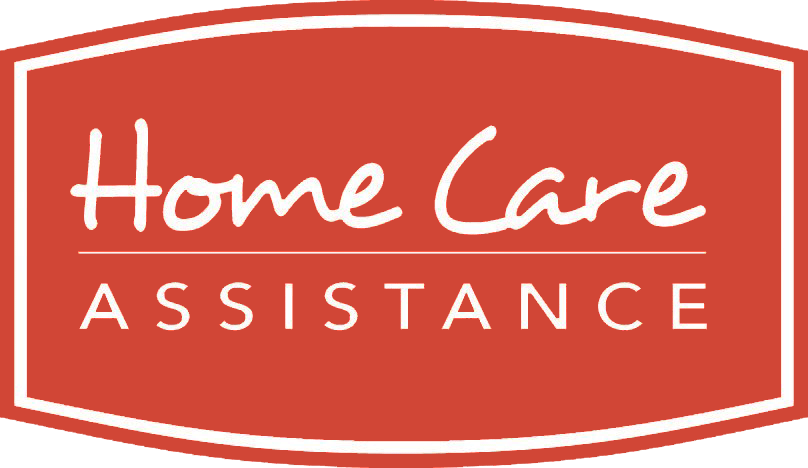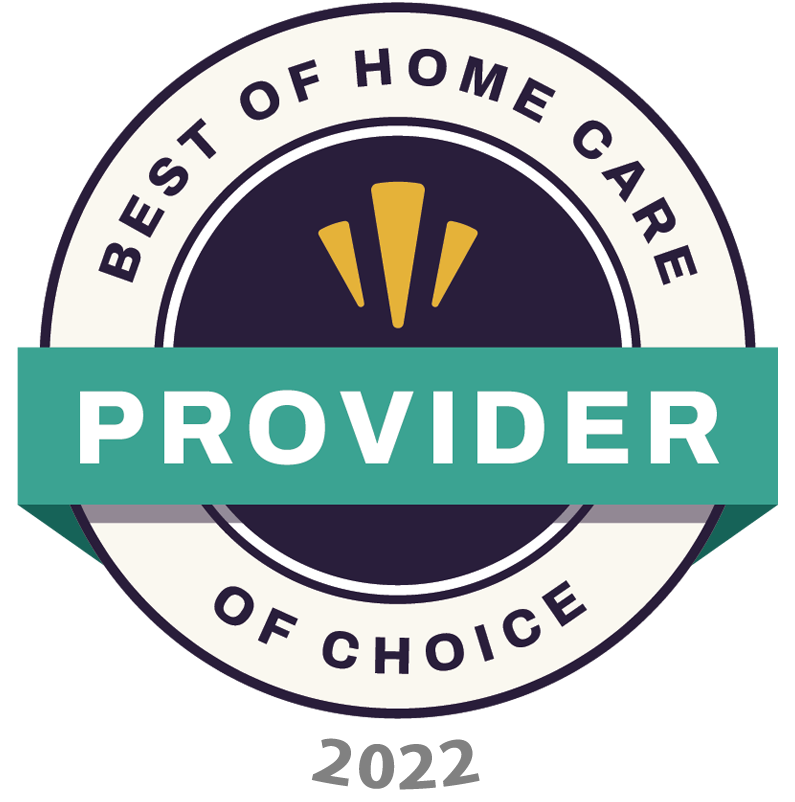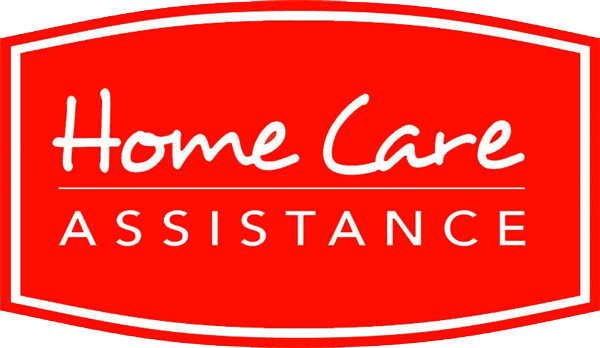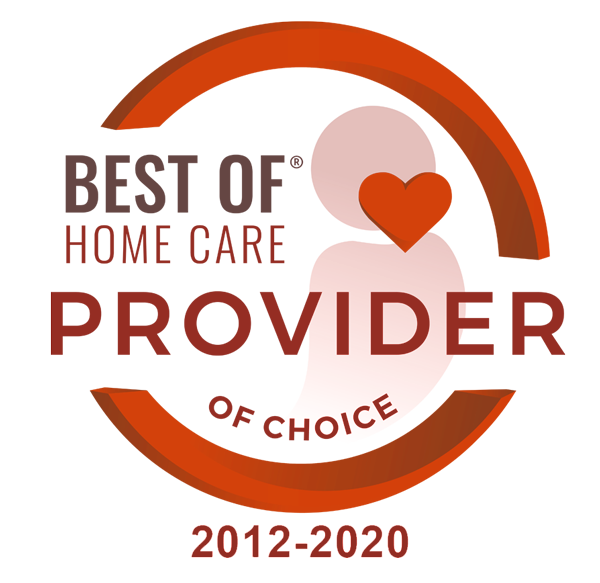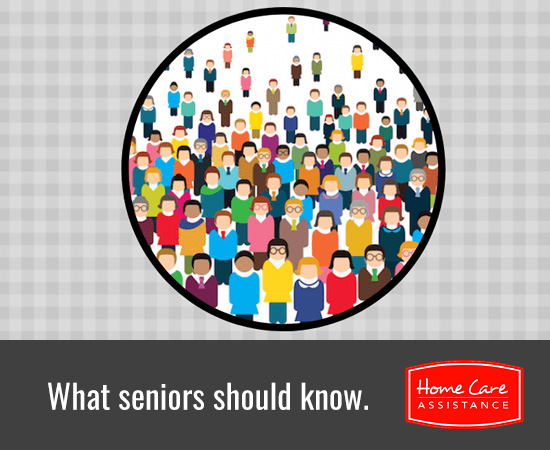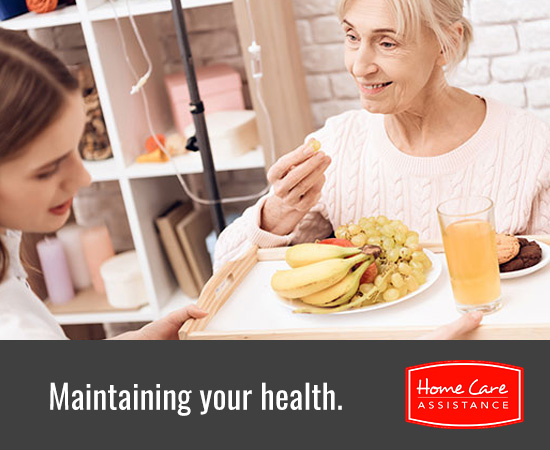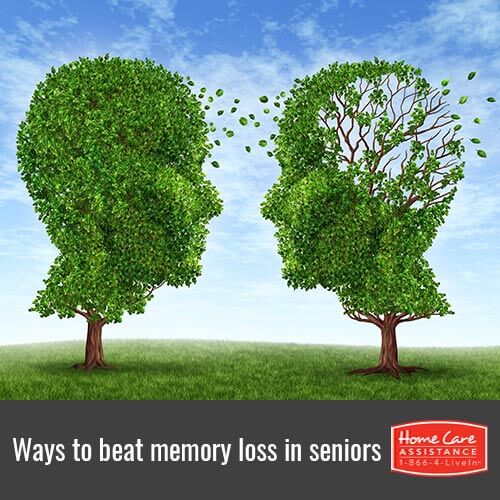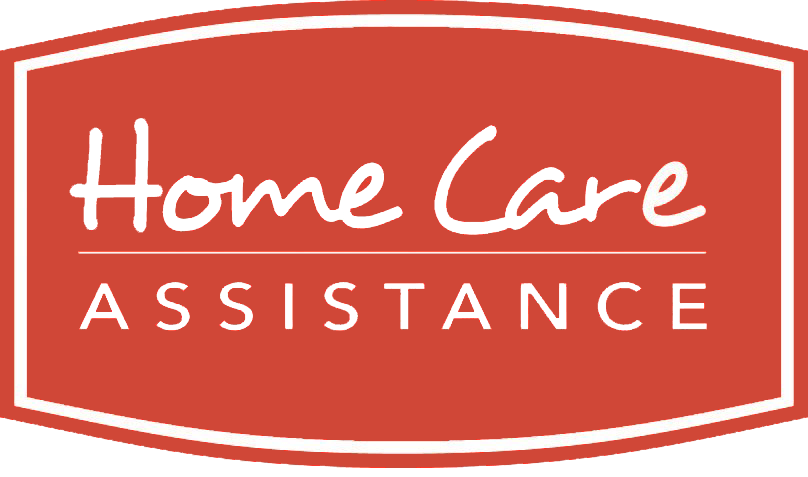Having fun is a good way to motivate a senior stroke survivor to a quicker recovery. However, make sure the activities he or she participates in are safe. Senior stroke survivors can benefit greatly from receiving professional in-home post-stroke care. Albuquerque, NM, Home Care Assistance is committed to helping seniors and their families manage the various challenges following a stroke.
Physical and mental activities can prevent your loved one from experiencing another stroke. Here are some safe activities your loved one can engage in during recovery.
1. Touch Typing
Your loved one should not become isolated while recovering. However, it may be difficult for him or her to communicate with people after the stroke. For instance, your loved one’s speaking ability may change after a stroke, and it may also be hard for him or her to write by hand. Using a computer or tablet to touch type messages, join social media sites, and search the internet can increase hand movements, train muscle memory, reinforce learning, and keep communication skills active.
2. Trips to Museums and Other Venues
Tasting, seeing, or hearing may be difficult for seniors after a stroke. However, smelling the flowers in a greenhouse or looking at the artifacts in a history museum can satisfy their senses. Get a doctor’s approval before planning safe day trips for your loved one.
3. Dancing
Dance movements are a form of therapy seniors should be encouraged to engage in after a stroke. Dancing is not only safe, it also helps seniors manage the cognitive, emotional, and physical challenges many stroke survivors experience. Dancing is a form of therapy that also reduces the risk of depression and alleviates stress and anxiety that typically occurs after a stroke. Encourage your loved one to move at his or her own pace. Even a simple side to side sway can be an effective form of physical activity during stroke recovery.
4. Painting
A stroke can cause your loved one to lose his or her fine motor skills. Painting is a safe activity to enhance those skills, and it can also strengthen his or her grip and motor control. Seniors often paint pictures of their favorite things, including scenery that reminds them of home or life pre-stroke. Painting is also an escape from the physical exercises and therapy senior stroke survivors must perform on the road to recovery.
5. Favorite Childhood Games
While your loved one is rehabilitating, he or she should be encouraged to focus on getting better. This can often be overwhelming and discouraging. However, playing favorite childhood games is a great way to boost memory, attention span, and concentration. Ask your loved one about his or her favorite game and encourage him or her to play it. This can keep your loved one’s mind engaged and divert him or her from the tedious process of recovery.
6. Playing Guitar
The objective of this post-stroke activity is to help seniors enhance their motor skills, concentration, and grip. Playing a guitar or learning to play it is safe for seniors, and it allows them to have some fun while recovering from a stroke. Your loved one may notice enhanced hand function within a short time of playing the guitar.
Some seniors only require help with a few daily tasks so they can maintain their independence. However, those living with serious illnesses may need more extensive assistance. Luckily, there is professional live-in care Albuquerque, NM, seniors can rely on. Home can be a safer and more comfortable place for your loved one to live with the help of an expertly trained and dedicated live-in caregiver.
Aging adults who require assistance with the tasks of daily living can benefit from reliable home care. Albuquerque, families trust in Home Care Assistance to provide the high-quality care their elderly loved ones need and deserve. Our caregivers are trained to help seniors prevent and manage serious illnesses and encourage them to make healthier decisions as they age. For more information on our senior care services, call one of our experienced Care Managers today at 505-798-0800.
